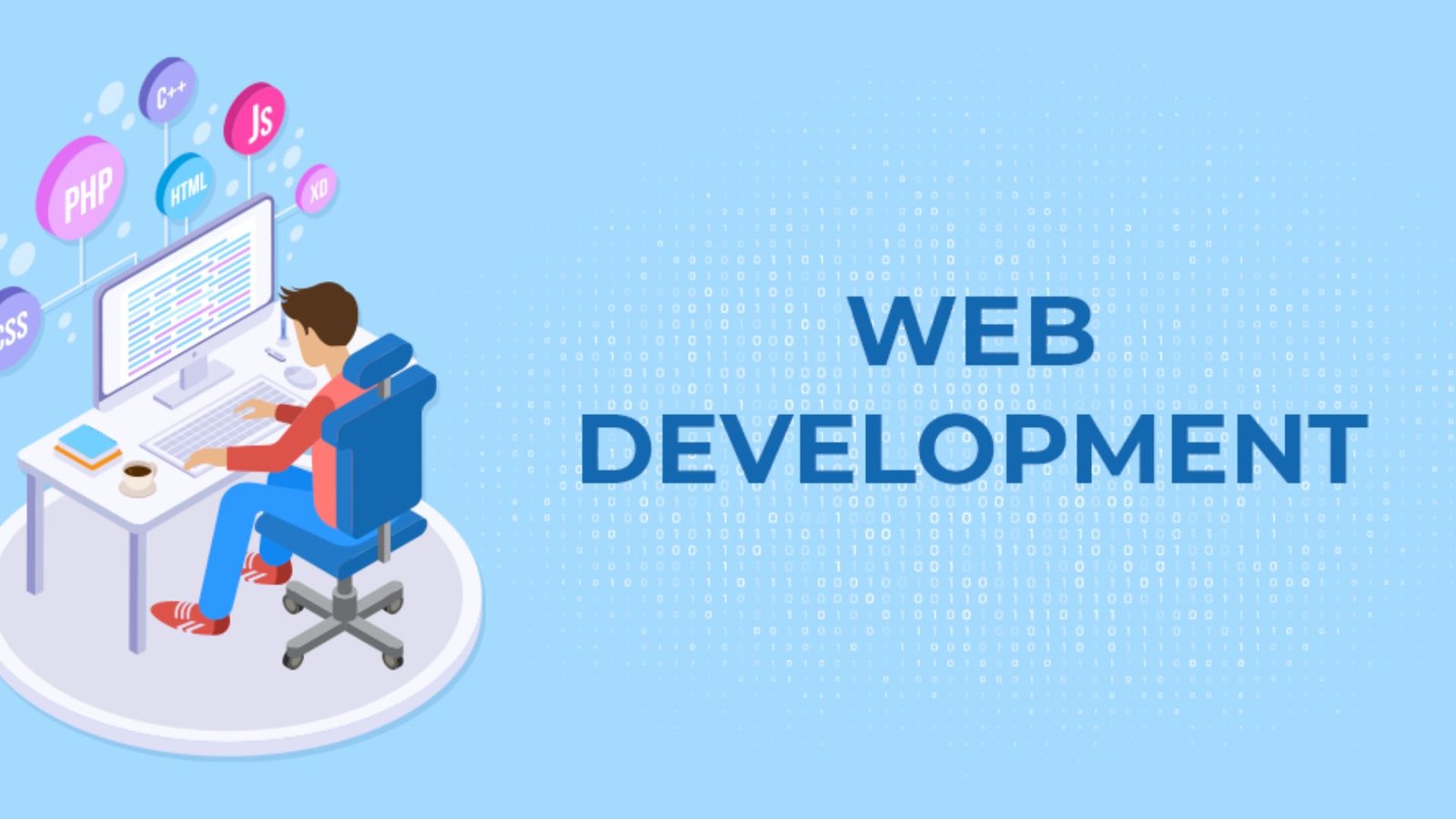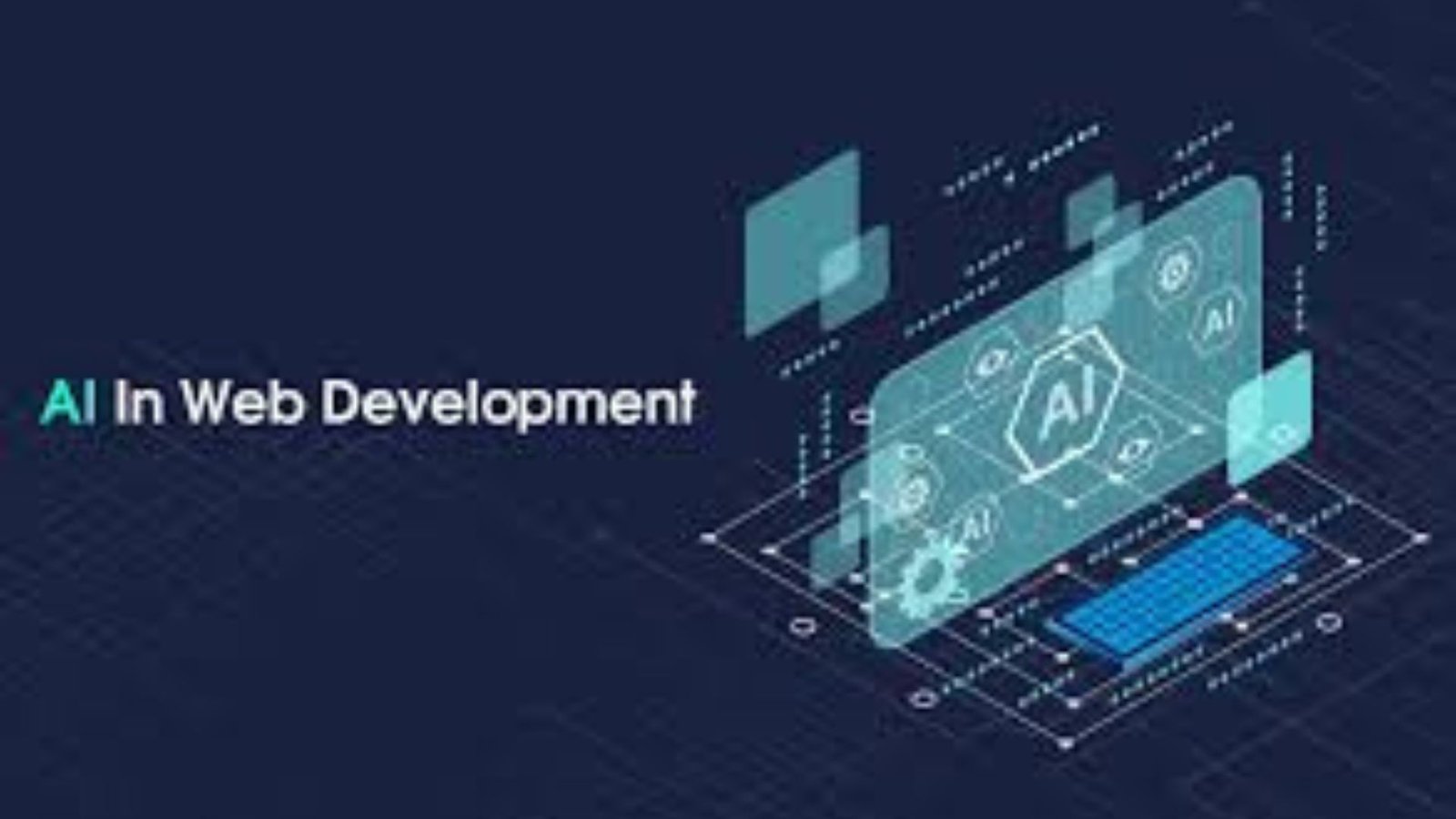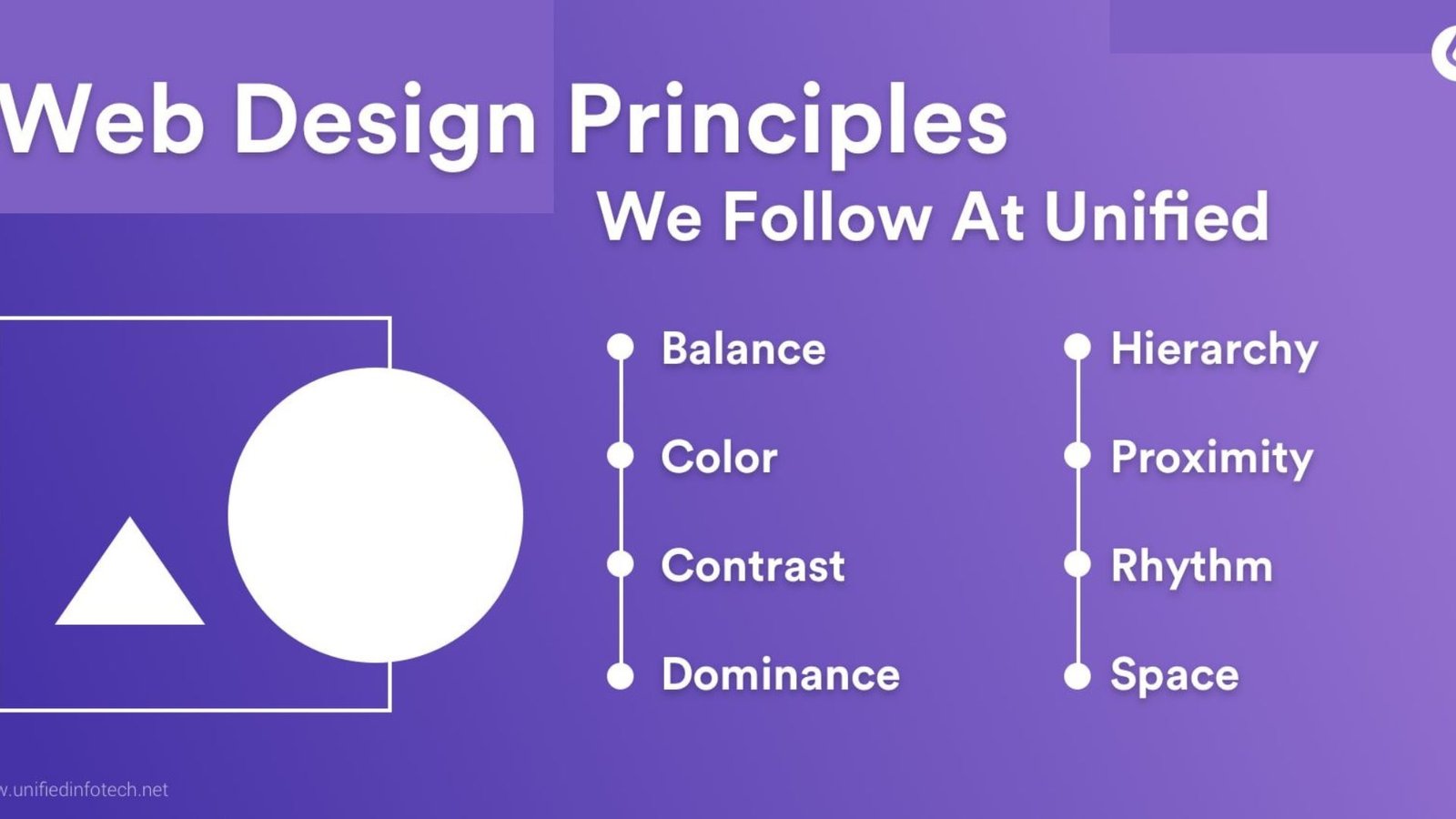Starting a career in web development can be exciting and overwhelming. With numerous technologies and tools available, it’s essential to take a structured approach to learn and grow in this field. Here’s a step-by-step guide to help you get started with web development and build a solid foundation.

1. Understand the Basics of Web Development
Learn Key Concepts
Before diving into coding, it’s important to understand the basic concepts of web development:
- HTML (HyperText Markup Language): The standard language for creating web pages. It structures content and defines elements like headings, paragraphs, and links.
- CSS (Cascading Style Sheets): Used to style and layout web pages. CSS controls colors, fonts, spacing, and overall presentation.
- JavaScript: A programming language that adds interactivity to websites. It enables dynamic content, such as animations and form validation.
Explore the Web Development Workflow
Familiarize yourself with the typical workflow of web development:
- Design: Creating mockups and prototypes of your website or application.
- Development: Writing code to build the site’s functionality and layout.
- Testing: Ensuring that your website works correctly across different devices and browsers.
- Deployment: Publishing your website to a web server so it’s accessible to users.
2. Set Up Your Development Environment
Choose a Code Editor
Select a code editor where you’ll write and manage your code. Some popular options include:
- Visual Studio Code: A powerful and customizable editor with extensions for various languages.
- Sublime Text: Known for its speed and simplicity.
- Atom: A user-friendly editor with built-in Git integration.
Install a Web Browser
A web browser is essential for testing and viewing your websites. Modern browsers like Chrome, Firefox, and Edge come with developer tools to help you inspect and debug your code.
Set Up a Local Development Environment
Install tools that will help you build and test your projects locally:
- Local Server Software: Tools like XAMPP or MAMP allow you to run a local server environment on your computer.
- Version Control: Use Git for version control to track changes and collaborate with others. GitHub or GitLab are popular platforms for hosting Git repositories.
3. Start Learning and Coding
Follow Online Tutorials and Courses
There are numerous online resources to learn web development:
- FreeCodeCamp: Offers free, interactive coding lessons and projects.
- Codecademy: Provides interactive courses in HTML, CSS, and JavaScript.
- MDN Web Docs: Mozilla’s documentation and tutorials on web standards and technologies.
Build Simple Projects
Start by creating small projects to apply what you’ve learned:
- Personal Website: Build a basic website to showcase your skills and interests.
- To-Do List App: Develop a simple application to practice JavaScript and user interactions.
- Portfolio Site: Create a portfolio to display your projects and demonstrate your abilities.
4. Learn Advanced Skills
Explore Front-End Frameworks
As you gain experience, consider learning front-end frameworks that simplify development:
- Bootstrap: A framework for building responsive, mobile-first websites quickly.
- React: A JavaScript library for building user interfaces, particularly single-page applications.
- Vue.js: A progressive framework for building modern web applications.
Dive into Back-End Development
Expand your skills by learning back-end development, which involves server-side programming:
- Node.js: A JavaScript runtime that allows you to build server-side applications.
- Express.js: A framework for building web applications and APIs with Node.js.
- Databases: Learn about databases like MongoDB (NoSQL) or MySQL/PostgreSQL (SQL) for data storage and management.
5. Practice and Refine Your Skills
Contribute to Open Source Projects
Get involved in open source projects to gain real-world experience and collaborate with other developers. Platforms like GitHub offer numerous projects where you can contribute code, fix bugs, or add features.
Participate in Coding Challenges
Join coding challenges and hackathons to test your skills and solve problems under time constraints. Websites like LeetCode, HackerRank, and Codewars offer coding challenges for various skill levels.
Build a Portfolio
Create a portfolio to showcase your projects and skills. Include a variety of projects to demonstrate your expertise in different areas of web development. Make sure your portfolio is well-designed and easy to navigate.
6. Stay Updated and Keep Learning
Follow Industry Trends
Web development is constantly evolving. Stay updated with the latest trends and technologies by following blogs, forums, and industry news:
- Web Development Blogs: Sites like CSS-Tricks, Smashing Magazine, and A List Apart provide valuable insights and tutorials.
- Tech News: Follow tech news platforms like TechCrunch or Ars Technica to stay informed about new developments.
Join Developer Communities
Engage with other web developers to share knowledge, ask questions, and network:
- Online Forums: Join forums like Stack Overflow or Reddit’s r/webdev to connect with the community.
- Social Media: Follow web development influencers and participate in discussions on platforms like Twitter and LinkedIn.
7. Prepare for Job Opportunities
Build a Strong Resume and LinkedIn Profile
Create a resume and LinkedIn profile that highlight your skills, projects, and experience. Tailor your resume to include relevant web development skills and accomplishments.
Apply for Internships and Entry-Level Positions
Look for internships or entry-level positions to gain professional experience. Even small projects or freelance work can be valuable for building your resume and expanding your skill set.
Prepare for Interviews
Practice common web development interview questions and coding challenges. Focus on explaining your problem-solving approach and discussing your projects in detail.
Conclusion
Getting started with web development involves understanding basic concepts, setting up your development environment, learning and coding, and continuously improving your skills. By following these steps and utilizing available resources, you can build a strong foundation in web development and embark on a successful career in this dynamic field. Embrace continuous learning and stay engaged with the community to stay ahead in the ever-evolving world of web development.




